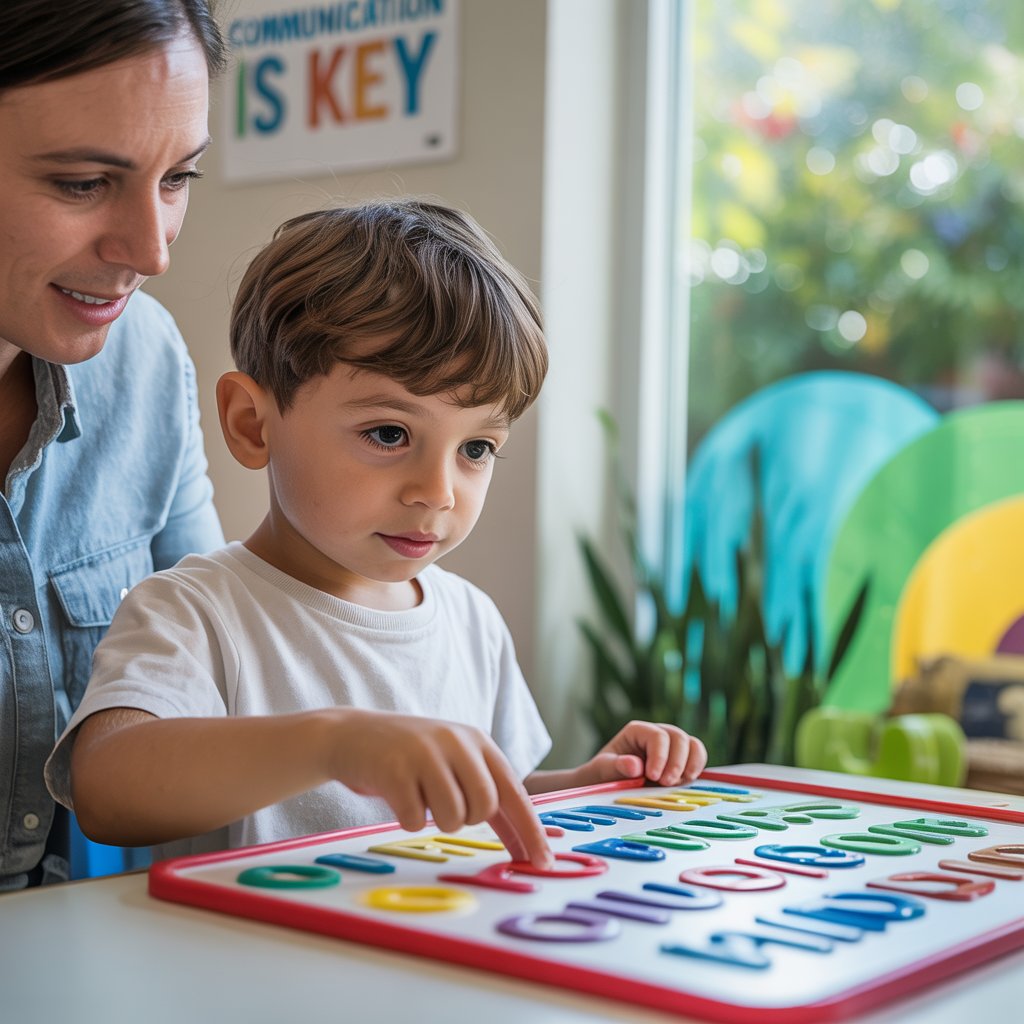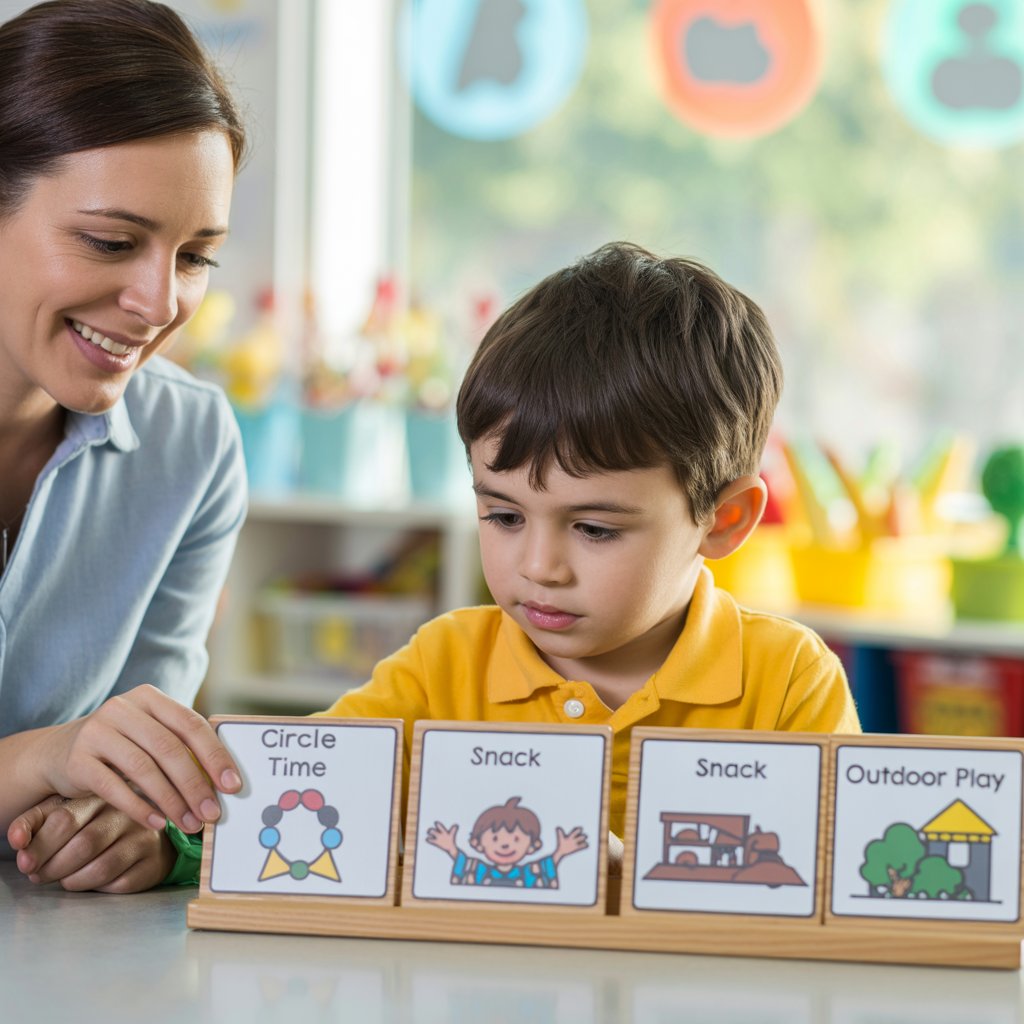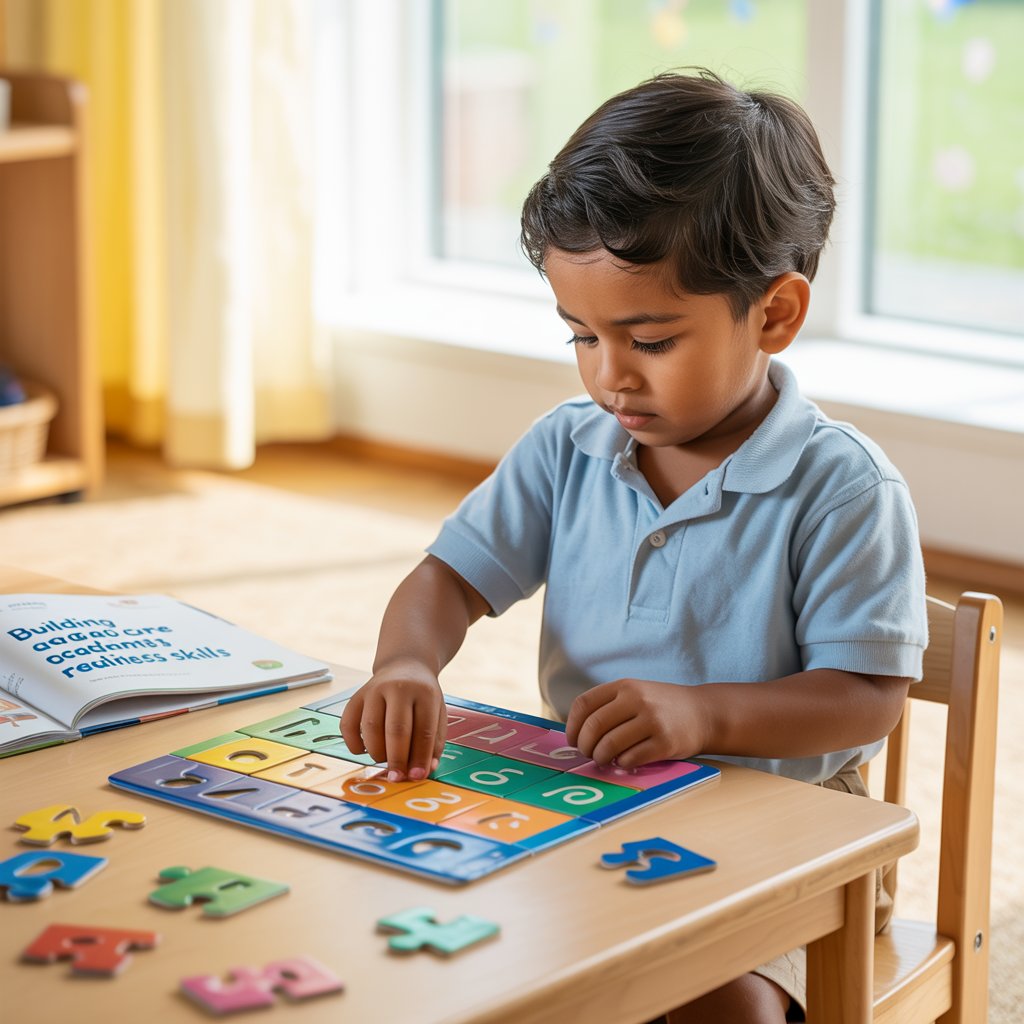Effective Teaching Approaches for Autism

Structured teaching principles
Teaching kids with autism isn't a one-size-fits-all approach. But structured teaching? That's the game-changer many parents and educators swear by.
Structured teaching creates predictable learning environments where children know exactly what to expect. Think of it as creating a roadmap for their day. Clear beginnings, middles, and ends to activities help reduce anxiety and confusion.
Physical organization matters too. Designated spaces for specific activities help children understand where things happen: "This is where we read" or "This is our math corner."
The TEACCH method (Treatment and Education of Autistic and Communication-handicapped Children) is probably the most well-known structured approach. It emphasizes visual learning, organization, and routine—playing right into many autistic children's strengths.
Most kids on the spectrum process visual information better than verbal instructions. So when you show them what to do instead of just telling them, learning sticks better.
Visual supports and schedules
Picture this: your entire day mapped out in images you can actually see and touch. That's the power of visual schedules for children with autism.
Visual supports work because they:
- Make abstract concepts concrete
- Stay present (unlike spoken words that disappear)
- Reduce anxiety about what's coming next
- Give kids independence in following routines
Simple tools like picture cards, visual timers, and color-coding make a world of difference. A morning routine board with detachable picture cards for "brush teeth," "get dressed," and "eat breakfast" can transform chaotic mornings into smooth sailing.
Visual schedules aren't just for daily routines either. They work beautifully for breaking down academic tasks: "First complete math worksheet, then computer time."
For pre-academic skills, visual supports help teach matching, sorting, and sequencing. A picture showing how to stack blocks gives clear instructions without a single word spoken.

Applied Behavior Analysis techniques
ABA isn't just a therapy approach—it's a toolkit packed with strategies that actually work for teaching academic skills.
At its core, ABA uses positive reinforcement to encourage desired behaviors. When a child successfully completes a task, they receive immediate feedback—maybe praise, a favorite toy, or a token toward a bigger reward.
Breaking skills down into tiny, manageable pieces (we call this "task analysis") makes learning less overwhelming. Instead of tackling "writing a sentence" all at once, you might start with "holding a pencil correctly," then "drawing lines," and gradually build up.
Discrete trial training (DTT) creates structured learning opportunities with clear cues and responses. It's perfect for teaching specific academic concepts like letter recognition or counting.
Natural Environment Training takes these same principles but applies them in everyday settings and play. This helps kids generalize skills across different situations—using math during snack time or practicing reading with favorite books.
Data collection is the secret sauce of ABA. By tracking progress, you can see what's working and what needs tweaking.
Naturalistic developmental strategies
The classroom or therapy room isn't the only place learning happens. Naturalistic approaches tap into everyday moments and children's natural interests.
Imagine your child loves trains. Instead of forcing a standard curriculum, you use trains to teach counting, colors, sequencing, and even reading. That's the essence of naturalistic teaching.
These approaches follow the child's lead while embedding learning opportunities. When a child reaches for a toy, that's your moment to practice requesting, naming, or problem-solving.
Popular naturalistic approaches include:
- Floortime: Following the child's emotional interests while challenging them to grow
- Pivotal Response Treatment: Targeting "pivotal" areas like motivation and self-management
- Enhanced Milieu Teaching: Using conversation and play to build communication skills
The beauty of naturalistic strategies is how they build intrinsic motivation. Children learn because they're engaged and interested, not just working for external rewards.
For pre-academic skills, everyday routines become learning opportunities: sorting laundry by color, counting steps on the stairs, or reading food labels at the grocery store.
Technology-enhanced learning options
Today's tech tools are revolutionizing how we teach children with autism, making learning more engaging, consistent, and accessible than ever.
Tablets and smartphones unlock worlds of educational apps designed specifically for different learning styles. Many feature clear visual instructions, immediate feedback, and customizable difficulty levels—perfect for kids who need structured learning experiences.
Video modeling shows children exactly how to perform skills through short, focused clips they can watch repeatedly. This works brilliantly for both academic skills like writing letters and pre-academic skills like taking turns.
Augmentative and alternative communication (AAC) apps help non-verbal or minimally verbal children participate in academic activities. A child might use picture-based communication to answer questions or demonstrate understanding.
Virtual reality creates safe spaces to practice skills that might be overwhelming in real life, like navigating a classroom or using public transportation.
The best tech approaches don't replace human interaction—they enhance it. A parent and child exploring an educational app together creates rich opportunities for conversation and connection while learning.






